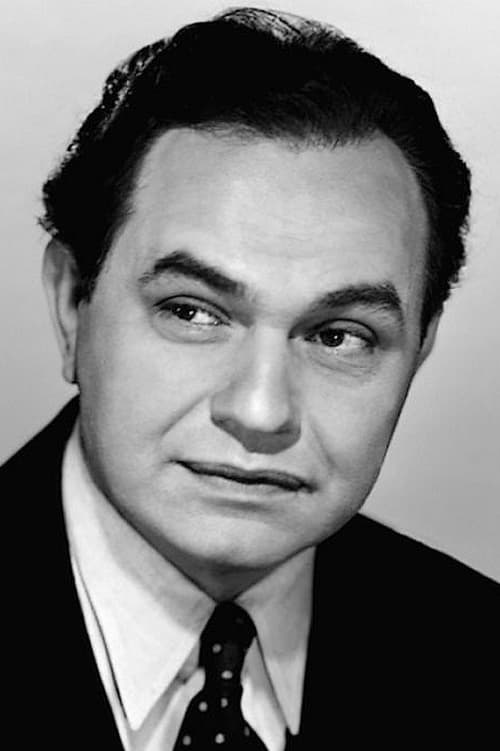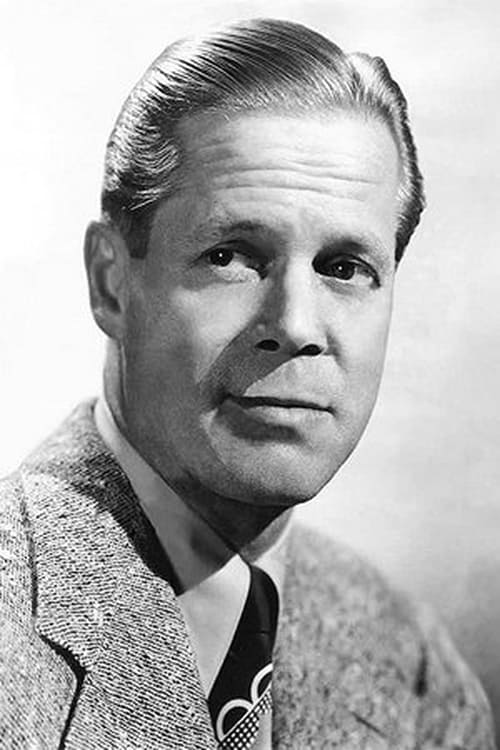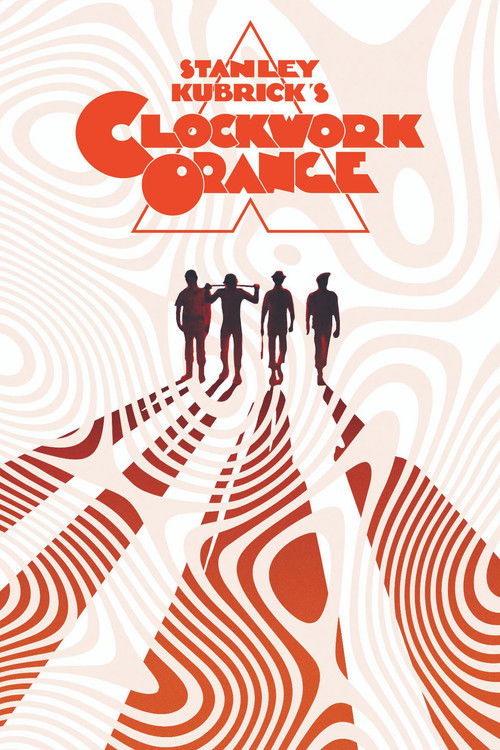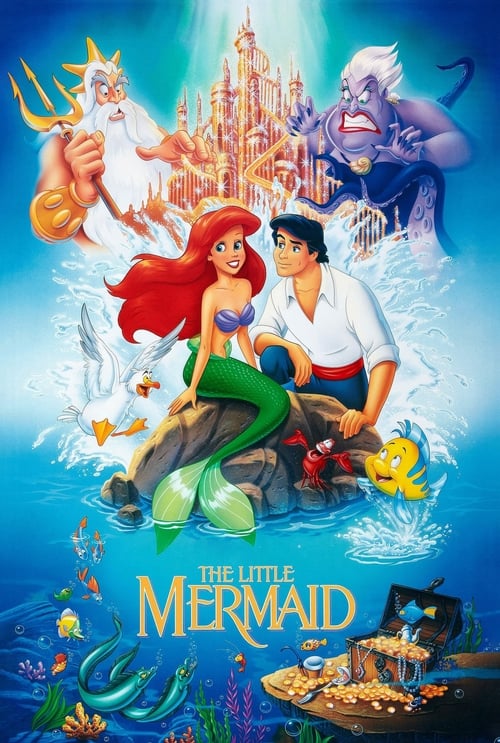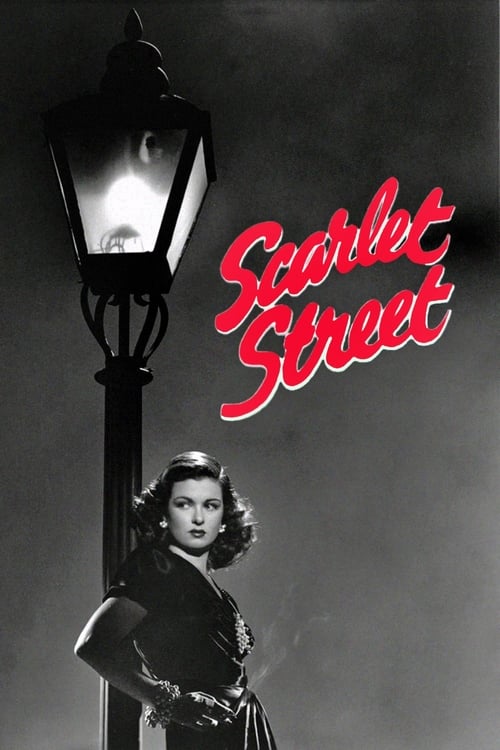
Scarlet Street
Cashier and part-time starving artist Christopher Cross is absolutely smitten with the beautiful Kitty March. Kitty plays along, but she's really only interested in Johnny, a two-bit crook. When Kitty and Johnny find out that art dealers are interested in Chris's work, they con him into letting Kitty take credit for the paintings. Cross allows it because he is in love with Kitty, but his love will only let her get away with so much.
Dialogues from Movie Scarlet Street
Quotes from Movie Scarlet Street
Memorable Scenes from Movie Scarlet Street
The First Encounter
In the darkened streets of New York, Christopher Cross, a timid and downtrodden department store clerk, meets Kitty, a beautiful young woman. He is instantly smitten, and there's a palpable tension in the air. This scene builds up Cross's character, showcasing his loneliness and yearning for affection. The pivotal moment occurs when Kitty flirts with him, igniting a spark of hope in his otherwise mundane life. After this encounter, Cross is confused and exhilarated, setting the stage for his descent into obsession.
Context: Cross's dull life and desperation for companionship make this first meeting with Kitty so impactful, as it hints at both his vulnerability and the darker journey ahead.
The Painting Revelation
As Cross reveals his artwork to Kitty, he feels both pride and anxiety. Kitty, initially dismissive, unexpectedly reacts with excitement, and Cross is taken aback. The moment encapsulates Cross's desire for validation and the brief flicker of joy. The aftermath sees Cross feeling uplifted and inspired, while Kitty's insincere praise deepens his fixation on her.
Context: This scene illustrates how Cross's identity is wrapped in his art, setting the emotional stakes for his relationship with Kitty, who will exploit this vulnerability.
The Betrayal
When Cross learns that Kitty has been taking advantage of him, the realization hits like a ton of bricks. The visuals darken, and his face reflects devastation as he confronts her. The pivotal moment is when she dismisses his feelings, breaking his heart. This scene shifts the course of his character, leaving him feeling duped and more isolated than ever.
Context: The betrayal solidifies Cross's tragic arc, as he is no longer just a wannabe artist; he becomes a victim of his own romantic fantasies.
The Confrontation with Johnny
In a gripping scene, Cross confronts Johnny, Kitty's true boyfriend. The tension escalates as they exchange heated words, revealing Johnny's true colors and Cross's growing desperation. The ugliness of the confrontation signifies the turning point where Cross's innocence is shattered. After this, he feels a dangerous mix of rage and despair, leading him further down a dark path.
Context: This moment highlights the aggressive reality that Cross faces and the betrayal he felt as he starts to lose his grip on reality.
The Dark Transformation
After feeling betrayed, Cross is transformed into someone darker. In a dimly lit room, he reflects on his past and what he has lost. This moment is pivotal, as it marks his emotional breakdown and surrender to bitterness. The haunting visuals capture his despair and the sense of hopelessness becomes palpable as the walls close in on him.
Context: This transformation underscores the film's themes of despair and the impact of betrayal, marking the shift from victim to perpetrator.
The Murder
In a tense, anxiety-ridden sequence, Cross, fueled by anger and despair, accidentally kills Johnny. The peak of tension comes during the act itself. The aftermath is chaotic—Cross is left with horror and panic, the reality of his actions sinking in. This unforgiving moment captures a tragic sense of loss, not just for Johnny but for Cross's own humanity.
Context: This moment irrevocably alters the narrative, pushing Cross into a tragic spiral that showcases the film's exploration of morality and consequences.
Redemption Attempt
Feeling guilt, Cross seeks redemption, only to find himself spiraling deeper into his predicament. He visits Kitty, hoping for solace but finding only manipulation. The pivotal moment occurs when Kitty turns on the charm, revealing her true intentions. This leaves Cross feeling even more trapped, demonstrating the futility of his attempts to reclaim his lost innocence.
Context: This scene reinforces the idea that redemption is elusive for Cross, signifying the depths of his disillusionment.
The Final Confrontation
In a gripping showdown, Cross faces Kitty one last time. The tension is unbearable as he demands the truth. The pivotal moment comes when she reveals her true feelings—that she never loved him. This is heartbreaking for Cross, as it lays bare the futility of his love and trust. The scene's aftermath leaves Cross feeling utterly broken and alone.
Context: This confrontation encapsulates Cross’s entire journey, revealing the depths of love, betrayal, and the stark reality of his tragic life.
The Downward Spiral
Cross, engulfed in regrets, walks through the city, blending into the shadows. The visuals are deliberate, capturing his isolation and the weight of his choices. The pivotal moment occurs when he comes to terms with his actions, inducing a sense of hopelessness and existential dread. After this, we see Cross become a mere shell of his former self, wandering aimlessly.
Context: This scene highlights Cross's total disillusionment and serves as a stark commentary on the consequences of unfulfilled desires.
The Realization of Loneliness
As Cross observes couples in the park, a heartbreaking realization sinks in. Visibly pained, he sees the love he will never attain. The moment encapsulates his internal struggle, where the emotional weight of his loneliness becomes unbearable. This moment signifies the culmination of his tragic arc, showing how deeply he longs for connection.
Context: It's a poignant moment that highlights the film’s themes of isolation and regret, embodying the heart of Cross's struggles.
The Climactic Choice
In a moment of clarity, Cross stands at a crossroads, contemplating his next move. The visuals grow dark as he weighs his options. The pivotal moment occurs when he chooses to confront his fate rather than escape it. This decision serves as a powerful testament to his character as he faces the reality of his choices head-on.
Context: This moment accentuates the weight of choices and responsibility, emphasizing the film’s theme of moral ambiguity.
The Reawakening
When Cross finds redemption in art, after all his struggles, there’s a flicker of hope. He stands in front of an easel, trying to create again. The pivotal moment comes when he remembers the joy of painting rather than despair—it's a bittersweet comeback. While this doesn’t erase his past, it signifies a small victory over darkness.
Context: This scene is essential as it ties back to Cross's initial motivation and serves as a form of healing amidst chaos.
The Final Farewell
As Cross prepares to leave the city for good, a melancholic tone sets in. He takes a last look at the places that are both dear and painful. The pivotal moment encapsulates a deep sense of loss and acceptance as he lets go of his past. This scene resonates with the audience, evoking feelings of nostalgia and sorrow.
Context: This farewell emphasizes the theme of loss, marking the end of Cross's harrowing journey and highlighting the inevitable cost of his actions.
The Empty Canvas
In the closing scene, Cross stands before a blank canvas, representing both his potential and misery. The emotional weight is heavy as he grapples with the future while haunted by his past. This defining moment leaves viewers reflecting on Cross's silence, where no words can encapsulate his struggle.
Context: This final moment captures the essence of the film, symbolizing lost dreams and the void left by betrayal and regret.
An Apology
Cross secretly apologizes to the memory of Johnny, seeking forgiveness for his actions. The moment is heavy with regret and sadness as he comes to terms with the irrevocable damage caused. The aftermath leaves him feeling a mix of guilt and helplessness, impacting his psyche profoundly.
Context: This scene illustrates the internal conflict within Cross, as he acknowledges the consequences of his violent actions, emphasizing the film’s moral complexity.
The Final Embrace
In a moment of desperation, Cross embraces air, as if reaching for what he has lost. The visuals are haunting, emphasizing his deep-seated longing and sense of separation from reality. The pivotal point invokes waves of heartbreak as viewers see him cling to memories of love that never were.
Context: This image encapsulates Cross’s journey and the ultimate theme of unfulfilled desires, echoing through the audience long after the credits roll.
The Clarity of Shadows
Cross stands under a streetlight, lost in thought. He glances at the city, feeling both part of it and utterly alone. The pivotal moment reflects his acceptance of the shadows he must carry with him. It deepens the film's exploration of human fragility and resilience in the face of adversity.
Context: This scene serves as a poignant reminder of Cross's journey, offering a moment of clarity in his tumultuous life.
Legacy of Pain
In the final moments, Cross realizes that his life has been a cycle of pain and disappointment. The moment is captured in silence, allowing viewers to feel the weight of his existence. This reflection ties back to the central theme of regret and the lasting impact of one’s choices.
Context: This legacy of pain underscores the film’s message about the consequences of desire and the fragility of human connections.
Download App
Behind the Scenes from Movie Scarlet Street
Casting of Edward G. Robinson
Edward G. Robinson's role as Chris Cross was initially intended for a different actor. When that actor dropped out at the last moment, Robinson stepped in, infusing the character with his unique take on desperation and moral ambiguity.
Why it matters: This last-minute casting change led to a performance that defined the film's emotional core. Robinson's capable portrayal deepened the audience's understanding of Cross's tragic circumstances, showcasing his internal conflict in ways that became critically acclaimed.
Innovative Use of Noir Lighting
Director Fritz Lang employed groundbreaking lighting techniques typical of film noir, using deep shadows and high-contrast lighting to enhance the film's themes of isolation and moral decay.
Why it matters: This creative decision created an atmosphere that not only heightened the tension in Chris's character arc but also left a lasting impact on future noir films, setting a visual standard.
Set Design and Symbolism
The primary set of Chris's home was designed with a claustrophobic layout to reflect his trapped existence and suffocating desires.
Why it matters: This deliberate design choice heightened the feeling of entrapment for both the character and the audience, making Chris's struggles more palpable and intensifying the film's themes of existential desperation.
Katherine's Character Change
Originally, the character of Katherine, portrayed by Joan Bennett, was written to be more sympathetic; however, her portrayal shifted towards a more manipulative femme fatale as the production progressed.
Why it matters: This transformation contributed significantly to the film’s dark tone and highlighted the dangers of blind trust, enriching the plot with complexity. It made Katherine a subject of debate among audiences and critics regarding morality and gender roles.
Accident on Set
During filming, a copper light fell and nearly struck Edward G. Robinson. Instead of stopping to reset, Robinson continued to act, leading to a more intense performance filled with the raw emotion of the moment.
Why it matters: This incident added unplanned poignancy to the scenes involved, as Robinson drew on the adrenaline and fear of the near-miss, delivering a performance that felt even more genuine and urgent.
The Film's Ending
The film's ending was not the original plan. Fritz Lang originally envisioned a more definitive conclusion but opted for ambiguity to leave audiences pondering the fate of Chris Cross.
Why it matters: This change shifted the narrative from a straightforward crime story to a complex exploration of fate and morality, inviting viewers to reflect on the ambiguous nature of justice and revenge.
Soundtrack Choices
The film's score blended traditional musical styles with avant-garde motifs, designed to underscore Chris’s psychological turmoil.
Why it matters: This innovative approach to the soundtrack enhanced the emotional depth of scenes, transforming moments of silence into powerful expressions of anxiety, which resonated with audiences long after viewing.
Darker Themes Post-Production
After reviewing the first cuts, Lang and the producers recognized the film's potential to tackle darker social commentary, prompting re-edits to emphasize themes of greed and betrayal.
Why it matters: This focus resulted in a more profound narrative, allowing the film not only to entertain but also to provoke thought about societal morals, making it relevant for years and a reference for those studying social critique in cinema.
Expressionist Influences
Fritz Lang drew on his German expressionist roots, employing distorted visuals and odd angles to represent Chris Cross's distorted psyche.
Why it matters: This stylistic choice added a layer of psychological horror to the film and solidified its expressionist aspects, influencing how psychological narratives can be visually represented in later genres.
Unexpected Popularity
Scarlet Street was initially met with mixed reviews, but audiences connected with its themes, leading to unexpected box office success.
Why it matters: This popularity established the film as a classic and demonstrated the audience's appetite for films that explore the darker sides of humanity, paving the way for future film noir explorations.
Joan Bennett's Performance
Joan Bennett's portrayal of Katherine involved significant input from Lang, who encouraged her to adopt a more sinister demeanor than initially conceptualized.
Why it matters: This collaboration resulted in a riveting performance that deftly blurred the lines of good and evil, highlighting the film’s exploration of moral ambiguity and keeping audiences engaged and conflicted over her character's motivations.
Unconventional Promoting
The marketing team opted for a shocking ad campaign that featured stark images and provocative lines, alluring audiences in with the film’s darker themes.
Why it matters: This unconventional approach contributed to creating buzz around the film and set a precedent for how darker narratives could be marketed in a way that intrigued viewers and challenged norms.
Symbolism of the Paintings
The paintings created by Chris Cross were not just decorative; they symbolized his aspirations and disappointments, reflecting his internal conflict throughout the film.
Why it matters: Understanding the symbolism of the paintings adds depth to viewers' interpretations of Chris's character, leading to a more enriching viewing experience as they realize his slow decline is mirrored in his art.
Cinematography Techniques
The use of deep focus and selective camera angles during the film allowed for a deeper connection with the characters’ emotional landscapes.
Why it matters: This careful choice in cinematography emphasized themes of isolation and entrapment, affecting how viewers understood character dynamics and enhancing the dramatic impact of key scenes.
Download App


